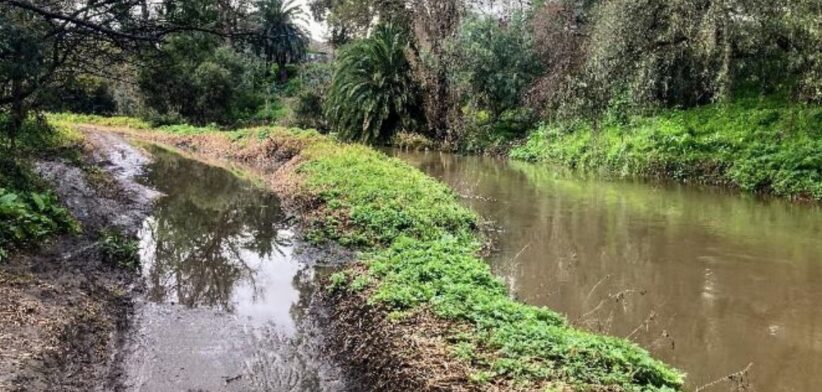Studies in two South-East Queensland river catchments have helped create a new toolkit to counter flood risks.
An Australian National University (ANU) study into natural responses to flood management used case studies of the Bremer River catchment, in the Ipswich local government area, as well as the Noosa River catchment on the Sunshine Coast.
ANU Associate Professor Roslyn Prinsley said flood mitigation had long relied on traditional engineering infrastructure such as dams and levees.
Associate Professor Prinsley said that was changing, with a new focus on using natural systems such as tree planting and creating wetlands.
“With floods becoming more frequent, severe and unpredictable due to climate change, new, nature-based approaches to flood management are gaining attention,” she said.
Associate Professor Prinsley said the new toolkit would help communities better understand how these approaches could help mitigate floods.
“Nature-based Solutions reduce the impact of floods by detaining floodwater, reducing the energy and extent of floodwater, or diverting floodwater away from vulnerable areas.
“They also provide significant co-benefits, particularly to the environment.”
She said the enthusiasm for Nature-based Solutions had not been matched by evidence and “know-how”, so to combat this, researchers sought out existing research and worked with local councils and communities in New South Wales and Queensland, including those in Ipswich and Noosa to develop a set of guidelines.
“The National Climate Risk Assessment (NCRA) recently released by the Australian Government tells us the frequency and severity of extreme weather events is on the rise.
“But while Nature-based Solutions are gaining more attention, there’s not enough information about how they actually work. These guidelines aim to bridge that gap.”
Access the guidelines: Nature-based Solutions for flood mitigation in Australia.








